41 Wholesome Foods Starting with H
Foods that start with "H" include a vibrant array of options, each with its own distinctive taste and culinary use. From savory meals to refreshing snacks, these foods offer variety and excitement to every dish.
Many are celebrated for their nutritional value, providing essential vitamins and minerals. Their flavors range from subtly sweet to richly savory, making them versatile in both cooking and baking.
With an assortment of textures and flavors, these foods make mealtime interesting. Take a look at this list of 41 foods that start with "H" to explore:
Hawthorn Apples
Hawthorn apples are small, berry-sized fruits that defy expectations with their vibrant hues and unique texture. These intriguing little gems showcase a variety of colors ranging from red to green, yellow, and even deep purple or nearly black shades.
Inside each hawthorn apple lies an abundance of tightly packed seeds that resemble pits more than anything else. Their notably tart taste makes them less appealing for raw consumption; instead, they shine when combined with other berries in jam-making adventures.
A lesser-known treasure in the world of fruit, these tiny wonders add a distinctive twist to preserves and desserts alike.
Horn Melon
Horn melon stands out with its unique appearance and intriguing flavor profile.
This exotic fruit, roughly the size of a pear, boasts bright yellow-orange spiky skin that captures attention instantly.
When you slice it open, the green jelly-like flesh resembles zucchini or cucumber and reveals a delightful blend of lime and banana flavors, striking a pleasing balance between sweetness and tartness.
Often enjoyed in refreshing juices, horn melons also lend themselves well to desserts, dressings, sauces, or as an exciting drink enhancer.
Hickory Nuts
Hickory nuts are remarkable tree nuts known for their challenging shell and a flavor reminiscent of pecans. These little treasures belong to the same family as walnuts, adding depth to your nutty repertoire.
Harvested primarily before ripening, you might find yourself needing tools like a hammer or vice to access the delectable kernel inside. Once cracked open, these rich-flavored morsels can elevate both sweet and savory dishes with their unique taste profile.
They offer an exceptional addition when included in baked goods or enjoyed straight from the shell; you'll appreciate how they enhance your culinary creations effortlessly.
Holland Peppers
Holland peppers are a variety of sweet peppers known for their rich flavor and diverse colors.
Originating from Holland, these peppers now thrive globally, offering shades like red, yellow, orange, white, purple, brown, and even striped patterns that enhance any dish visually and tastefully.
Their sweetness makes them an excellent substitute for bell peppers in numerous recipes.
Whether you’re roasting them or adding to salads and salsas, they bring both color and a mild kick to your meals while maintaining versatility across various cuisines.
Haddock
Haddock is a coldwater fish known for its delicate flavor and fine texture, setting it apart from its cousin cod. This versatile seafood option offers a slightly sweeter taste, making it suitable for various dishes without overwhelming other ingredients.
Rich in protein yet low in calories, haddock serves as an appealing choice for health-conscious individuals seeking nutritious meal options. Notably low in mercury levels, this fish ensures safety while enjoying the benefits of omega-3 fatty acids found in many fattier varieties.
Whether grilled or baked, haddock easily adapts to your favorite recipes and cooking methods seamlessly.
Hyacinth Beans
Hyacinth beans are legumes known for their striking appearance and culinary versatility. Found in various regions like Africa, Asia, and Australia, these beans can be enjoyed both raw and cooked when harvested young.
Their vibrant deep purple pods encase bright green inner beans that add a pop of color to any dish. As they mature, the pods transition to dark green and flatten out, making them visually appealing as well.
While caution is needed with mature beans due to toxicity concerns, proper cooking methods make them safe to eat and quite flavorful in diverse recipes.
Heartleaf Ice Plant
Heartleaf ice plant is a succulent with edible leaves that adds a unique touch to various dishes. Its distinct feature lies in the tender, flavorful young leaves that enhance your culinary creations.
Cooking this ingredient is straightforward; you can simply steam or flash-boil it similar to how you would prepare spinach or other greens. This method preserves its delicate flavor while making it versatile for salads and side dishes alike.
Incorporating heartleaf ice plant into your meals not only introduces an uncommon element but also brings a delightful freshness that's sure to impress anyone at the table.
Hake
Hake is a lean fish known for its low fat content, making it an excellent choice for those mindful of their calorie consumption. This versatile seafood packs a punch with high protein levels while providing essential vitamins and minerals that support overall health.
Notably rich in B Vitamins, hake offers an easy way to enhance your diet without the need for supplements. Its mild flavor allows it to be easily incorporated into various dishes, appealing to both seasoned cooks and beginners alike.
You’ll appreciate how effortlessly this nutritious option can elevate your meals throughout the week.
Hawaiin Mountain Apple
Hawaiian mountain apples are a tropical fruit native to Malaysia, flourishing in the lush landscapes of Hawaii and other Pacific Islands.
With their striking bright red exterior and elongated shape reminiscent of pears, these fruits boast a glossy finish that catches the eye.
The crisp, juicy flesh offers a delightful crunch paired with a fibrous texture similar to that of traditional apples.
Initially tart upon biting into them, they gradually reveal an unexpected sweetness that captivates your palate.
Herring
Herring are small, schooling fish known for their rich flavor and high oil content. These nutritious fish thrive in large groups, making them a popular choice among fishermen and seafood lovers.
Often found smoked, pickled, or salted, each preservation method enhances the taste while maintaining that characteristic ocean essence. Raw herring can also be enjoyed if properly flash-frozen beforehand.
Packed with omega-3 fatty acids, this versatile ingredient adds depth to various dishes while promoting heart health and well-being.
Hakusai Cabbage
Hakusai cabbage is a versatile vegetable renowned for its long, tender leaves and mild flavor. Known in the U.
S. as Long Napa or Chinese Cabbage, this ingredient plays a key role in various Japanese recipes like gyozas and hot-pots.
Its adaptability shines when you use it for making rolls or kimchi, offering both texture and taste to your dishes. Braised lightly, hakusai also makes an excellent side that complements numerous meals beautifully while adding nutritional value to your plate.
Honeycrisp Apples
Honeycrisp apples are known for their remarkable crispness and a delightful sweet-tart flavor that evolves as they ripen. These apples transition from a sunny yellow hue to green, eventually showcasing a lovely blush of pink, making them visually appealing.
Their texture holds up beautifully in baked goods while also adding an exciting crunch to salads and slaws. You’ll find yourself reaching for these versatile fruits not just for snacking but also as an ingredient that enhances various dishes with both sweetness and character.
When looking to elevate your meals, honeycrisp apples stand out as an exceptional choice in the apple family.
Husk Tomatoes
Husk tomatoes boast a striking appearance, encased in a delicate papery husk.
Resembling tiny berries, these red gems reveal juicy flesh with an enticing sweet flavor profile reminiscent of tropical delights.
Grown widely across Europe and Asia, their glossy skin adds to their charm.
Incorporating hints of vanilla and pineapple enhances their appeal when enjoyed fresh or cooked in various dishes.
Halibut
Halibut is a large fish known for its mild flavor and firm texture, making it an appealing option for various dishes.
Its meat-like quality sets it apart from other seafood, allowing you to enjoy satisfying meals without the overpowering taste often associated with fish.
This versatile ingredient shines in both restaurant menus and home kitchens, lending itself well to grilling, baking, or pan-searing methods.
While moderation is key due to potential mercury levels, halibut serves as an excellent source of protein along with essential vitamins and heart-friendly fatty acids that contribute positively to your health journey.
Hog Plum
Hog plum is a tropical fruit that stands out with its oval shape and leathery skin, often showcasing a vibrant yellow-green hue.
Known for its sharp, tangy flavor when consumed raw, this intriguing fruit can elevate various dishes and spreads.
Found primarily in the West Indies and across the Americas, hog plums are not just tasty; both their fruits and leaves are edible despite their relation to poison ivy.
You can commonly encounter them transformed into delicious jams or used as fillings for pies, adding an unexpected zest to your favorite desserts.
Hubbard Squash
Hubbard squash is a winter vegetable known for its rugged, bumpy exterior and striking range of colors from white to blue.
Often mistaken for mere decoration due to their unusual appearance, these squashes reveal their true culinary potential when cooked properly.
Roasting them with the skin intact enhances their flavor while making preparation easier; once tender, you can simply peel away the tough outer layer.
The rich and dense flesh lends itself beautifully to soups, hearty stews, or even creamy pie fillings that add warmth to your table during colder months.
Halloumi
Halloumi is a semi-hard cheese celebrated for its distinctive squeak when cooked, giving it the nickname “squeaky cheese.” Crafted from a blend of sheep’s and goat’s milk, this unripened delight has found its way into kitchens across the globe.
Its ability to hold shape under heat makes halloumi an excellent choice for grilling or frying, often shining as a meat substitute in various vegetarian recipes.
Originating from Mediterranean cuisine, it now appears in diverse dishes worldwide, enhancing meals with both texture and flavor.
Hami Melon
Hami melon is recognized for its striking yellow, netted skin and firm texture.
Often mistaken for watermelon due to their size, these melons reveal pale peach flesh when sliced open.
Their crisp sweetness stands out, making them an appealing choice for those who enjoy refreshing snacks.
Rich in seeds at the center, Hami melons also exude a delightful floral aroma that enhances their taste profile.
Hinona Kabu
Hinona kabu is a variety of turnip distinguished by its elongated, carrot-like shape and striking color contrast with white bodies and vibrant purple shoulders.
These vegetables boast bold green leaves adorned with purple veins that add visual intrigue to any dish.
With a sweet flavor profile complemented by a radish-like peppery spice, they bring an unexpected twist to your meals.
Often used in salads or pickles, hinona kabu adds both taste and flair to your culinary creations while inviting creativity in the kitchen.
Horse Mushroom
Horse mushrooms are a variety that resemble the common white button mushroom but offer their own distinct characteristics. These impressive fungi can reach diameters of up to seven inches, showcasing a striking transformation in color as they mature, from bright white to an earthy yellow.
With thick, sturdy flesh and gills exhibiting shades of pink and brown, horse mushrooms stand out in any dish you prepare. When foraging for these treasures, caution is paramount due to their toxic counterpart known as the “Yellow Stainer.
” Trust your senses; the delightful anise-like aroma of horse mushrooms sets them apart from the iodine scent emitted by their dangerous look-alike.
Hedgehog Mushroom
Hedgehog mushrooms are distinguished by their striking yellow-orange caps and the unique tooth-like structure on their undersides.
Their unmistakable appearance greatly reduces the risk of confusing them with toxic varieties, making these mushrooms a top choice for foragers.
Available in both small and large sizes, they emit a pleasant fruity aroma that enhances any dish you create.
Known for their earthy and smoky flavor profiles, hedgehog mushrooms pair beautifully with other fungi like chanterelles, particularly complementing apricot notes found within them.
Heart
Heart is an organ meat that packs a powerful nutritional punch, making it a remarkable choice for those looking to enhance their diet.
Packed with essential vitamins and minerals like B Vitamins, folate, iron, zinc, and selenium, heart offers substantial health benefits you might not expect from this often-overlooked ingredient.
Additionally, the presence of CoQ10 serves as an antioxidant that promotes energy levels while potentially delaying signs of aging.
Holy Basil
Holy basil is a herb renowned for its distinct flavor profile and medicinal properties.
Unlike the more commonly known sweet or Thai basils, this aromatic plant features leaves that showcase an appealing blend of dark green and deep purple hues, accompanied by a licorice-like aroma.
Its peppery taste carries hints of mint, making it versatile in both culinary applications and herbal remedies.
Indigenous to India, holy basil is revered not just for enhancing dishes but also for its holistic benefits, addressing various physical and mental health concerns while promoting overall well-being.
Hass Avocados
Hass avocados are a popular variety known for their creamy texture and unique flavor profile that many enthusiasts adore. Commonly found across the United States, especially from California farms, these avocados stand out due to their rich content of plant-based healthy fats.
Ideal for anyone looking to enhance their meals with nutritious ingredients, they cater perfectly to vegans seeking essential fatty acids. Identifying ripeness is straightforward: when the skin turns dark purple or almost black and feels slightly bumpy, it's time to enjoy this delicious fruit.
The flesh inside reveals a beautiful gradient from pale yellow near the pit to jade-green at the edges, showcasing its freshness and appeal.
Hoja Santa
Hoja Santa is a herb revered for its aromatic qualities and is often referred to as the "sacred leaf." Known for its sweet, sassafras scent, this remarkable plant features complex flavors that intertwine hints of licorice, anise, mint, eucalyptus, and nutmeg.
Reaching impressive heights of up to six feet in Mexican gardens, it showcases large heart-shaped leaves which provide a striking contrast against delicate white flowers.
Typically enjoyed raw, these leaves lend themselves well to being used in wraps or incorporated into salads and sauces for added depth.
Hen Of The Woods Mushroom
Hen of the woods mushroom, known as Maitake in Japanese, stands out with its distinctive texture that diverges from the typical qualities found in most mushrooms.
Ideal for those hesitant about fungi yet eager to expand their palate, these mushrooms offer a unique culinary experience.
You’ll discover them growing naturally at the base of oak trees, often forming large clusters.
The thick bases require removal prior to cooking; however, they can be utilized just like any other variety you may use in your kitchen creations.
Honey
Honey is a natural sweetener crafted by bees from the nectar of various flowers.
Its rich diversity, stemming from different floral sources, results in an array of flavors and health benefits that can enhance both culinary creations and wellness routines.
Many people appreciate how locally-sourced honey may help alleviate seasonal allergies, making it more than just a delicious addition to recipes.
Whether drizzled over yogurt or used in marinades, this golden syrup adds depth and character to countless dishes while providing an alternative to refined sugars.
Honeynut Squash
Honeynut squash is a variety that merges the characteristics of butternut and buttercup squashes, resulting in an hourglass shape and a striking deep orange exterior adorned with dark green streaks.
This vegetable transforms remarkably during cooking; while it starts off firm, it softens to reveal creamy textures that enhance its rich flavor profile.
The taste bears resemblance to its parent, yet offers bolder caramel undertones that elevate any dish you choose to create.
Honeydew Melon
Honeydew melon stands out as a refreshing and succulent fruit, beloved for its smooth, icy green skin. While primarily grown in France, this delightful melon has gained popularity across North America due to its sweet flavor and generous size, often weighing up to 8 pounds.
The light green flesh at the center gradually darkens toward the skin, creating an appealing contrast that makes every slice inviting. Nestled within is a core filled with seeds that adds texture to your experience.
With hints of sweetness reminiscent of cucumbers, honeydew melons are perfect for snacking or adding a splash of freshness to salads and desserts alike.
Hazelnut
Hazelnuts are versatile nuts that provide a tasty crunch and rich flavor to various dishes.
Known as filberts in some regions, these fruits of the hazel tree easily drop from their husks when ripe, simplifying harvest time.
Once you remove the thin skin enveloping each nut, they can be enjoyed either raw or roasted for added depth.
Beyond snacking, hazelnuts lend their unique taste to coffee syrups and are famously transformed into beloved spreads like Nutella.
Hearts Of Palm
Hearts of palm are an ingredient derived from the inner core of young palmetto and coconut palms, known for their distinct pickled flavor that comes from the canning process.
Often found in tropical regions, these versatile delights add a refreshing touch to various dishes.
Typically enjoyed raw in salads or salsas, they also lend themselves beautifully to cooked preparations like pasta and soups.
Their intriguing texture and taste make them an exciting choice for those looking to elevate everyday meals with something new and unexpected.
Huitlacoche
Huitlacoche is a unique culinary treasure, often referred to as corn truffle due to its intriguing nature.
This distinctive fungus thrives exclusively on organically cultivated sweetcorn, boasting a velvety texture akin to mushrooms.
Its striking black hue is accentuated by a soft white or light grey coating, making it visually captivating in any dish.
Predominantly featured in Mexican cuisine, huitlacoche can be enjoyed both raw and cooked; however, when heated, it infuses dishes with its rich umami flavor profile that melds sweetness with earthy and smoky undertones.
Hen
Hen refers to a female bird commonly associated with poultry, encompassing varieties like chicken, turkey, and duck.
This term highlights the unique characteristics of hens, which are typically leaner than their male counterparts and feature smaller breast sizes.
When shopping for hen meat at your local grocery store or butcher, you might encounter labels indicating “spent hen.” Such labeling signifies that these birds were once active egg layers but have since been retired for meat production.
Honey Kiss Melon
Honey kiss melon features a distinctive sweetness, making it stand out among other varieties of Hemi melons.
With its netted skin and luscious peach-colored flesh, this fruit delivers an aromatic experience reminiscent of honey.
Enjoying it raw enhances its flavor profile, particularly when complemented by contrasting tastes like savory cured meats or the tartness of fresh berries.
Cilantro brings another layer to this delightful treat, creating a refreshing balance that excites your palate while highlighting the unique qualities of this exquisite melon variety.
Huckleberry
Huckleberries are small fruits that flourish in the wild across North America.
With shades of red, blue, and black, these berries bear a striking resemblance to blueberries but boast a unique flavor profile.
Their center contains numerous seeds that can be bitter; thus, many prefer to discard them when enjoying the fruit.
While you can savor huckleberries fresh off the bush, their true potential shines through in jams and baked goods or as an enticing addition to beverages.
Henbit Weed
Henbit weed is an herb from the mint family known for its unique characteristics and year-round growth in temperate climates.
Often mistaken as a mere weed, this plant can be easily spotted due to its distinct small scalloped leaves covered with fine hairs and charming pink or purple tulip-shaped flowers that lack fragrance.
With a subtly sweet flavor complemented by hints of mint, you might find it adds an interesting twist to your meals.
This versatile herb lends itself well to various uses; whether enjoyed raw in salads, used as a garnish, or lightly cooked to enhance its aromatic oils, henbit weed brings fresh elements to your dishes.
Hyssop
Hyssop is an aromatic herb from the mint family, cherished for its unique flavor profile. This plant thrives in Southern Europe and Asia but has found a home across North America as well.
Notably sweet in aroma yet surprisingly bitter and herbaceous on the palate, it’s often brewed into tea with honey to balance its distinct taste. The slender stalks can reach up to 1.
5 feet tall, adorned with small elliptical leaves and delicate flowers that bloom in shades of white, pink, red or violet. Its versatility extends beyond beverages; you might find hyssop enhancing stews and slow-cooked casseroles too.
Hare
Hare is a game meat closely related to rabbit, offering a unique flavor profile that varies based on its diet and habitat.
This lean protein presents challenges in cooking; thus, braising emerges as the preferred method to ensure tenderness and moisture retention.
While traditionally prepared in hearty stews or slow-cooked dishes, hare can also surprise with crispy deep-fried preparations that enhance its texture without compromising taste.
Given its distinct characteristics, this dish invites adventurous eaters looking for something beyond conventional meats while enjoying an authentic experience of wild cuisine.
Horseradish
Horseradish is a robust root vegetable known for its sharp, spicy flavor reminiscent of mustard. Often crushed to make zesty sauces and dressings, it enhances the taste of roasted or grilled meats beautifully.
Its distinctive off-white hue features light brown markings and an elongated shape similar to parsnip but with a more twisted appearance. This unique ingredient adds character to dishes while offering a kick that can elevate any meal you prepare.
Using horseradish in your recipes not only brings boldness but also introduces an intriguing layer of flavor that's hard to resist.
Haricot Beans
Haricot beans are a versatile staple in global cuisine, known for their creamy texture and mild flavor.
These legumes belong to the Phaseolus vulgaris family and encompass various types, making them essential in countless recipes.
When a recipe mentions haricot beans, it often refers to navy or Boston beans due to their soft consistency that excels in baking dishes.
Alternatively, the immature green variety offers a tasty crunch when enjoyed raw, perfect for salads or snacks with their sweet taste enhancing any meal.
Huauzontle
Huauzontle is a herb native to Mexico and South America, thriving in diverse environments with its self-seeding nature.
Recognizable by tall, leafy stems topped with small flower clusters akin to broccoli florets, it boasts an aromatic scent that’s both fresh and herbal.
The flavor profile closely mirrors that of greens like spinach while introducing hints of mint and pepper for an added zest.
You can enjoy the tender leaves and seeds either raw or cooked; however, cooking the tougher stems enhances their palatability.

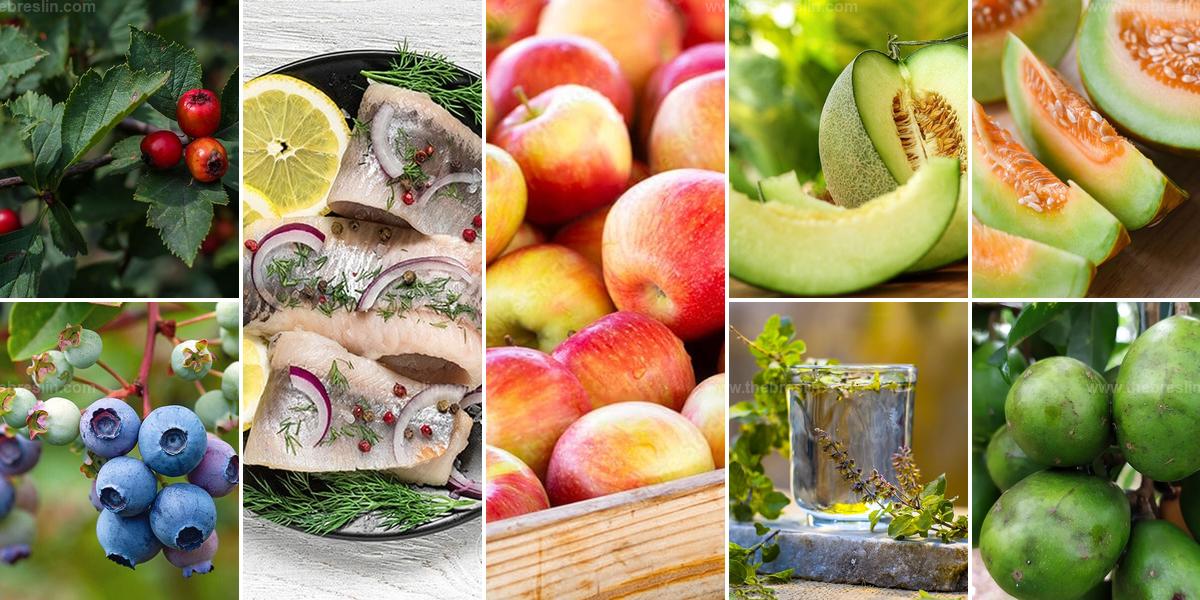
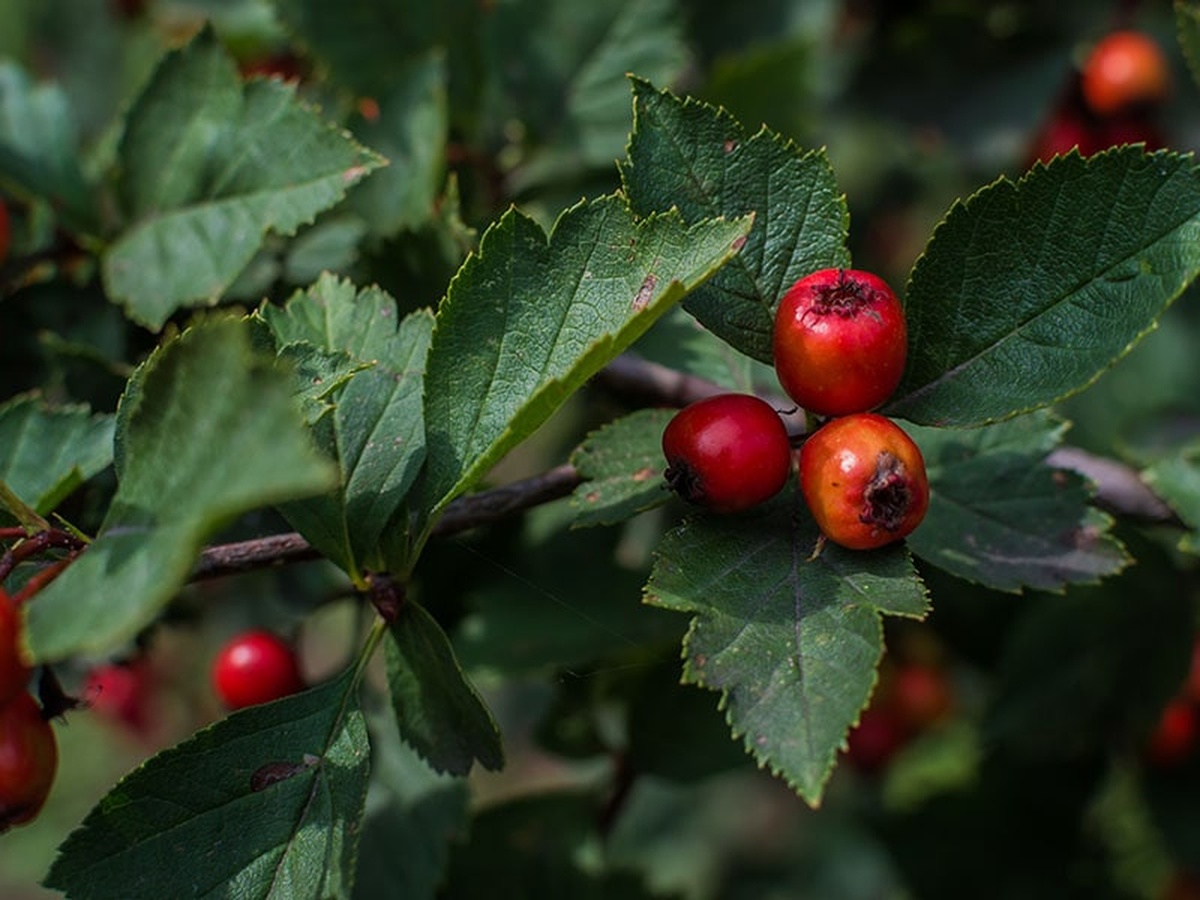
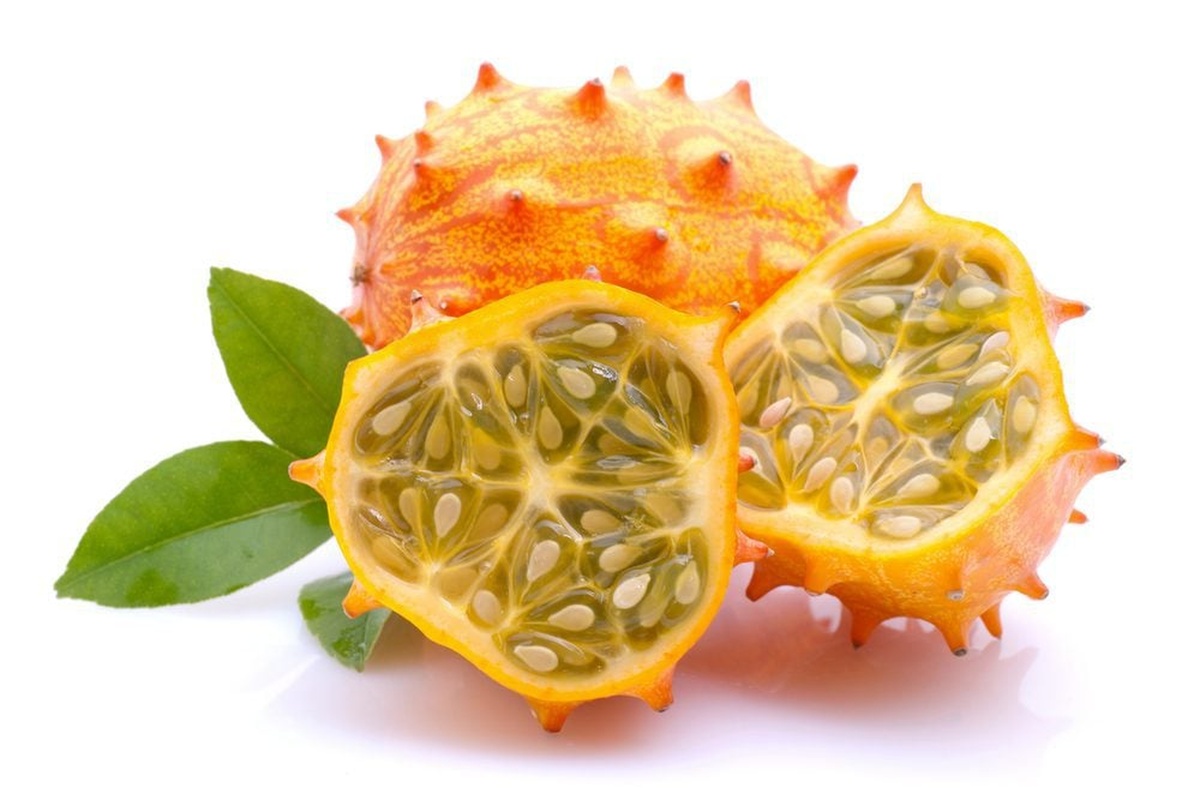
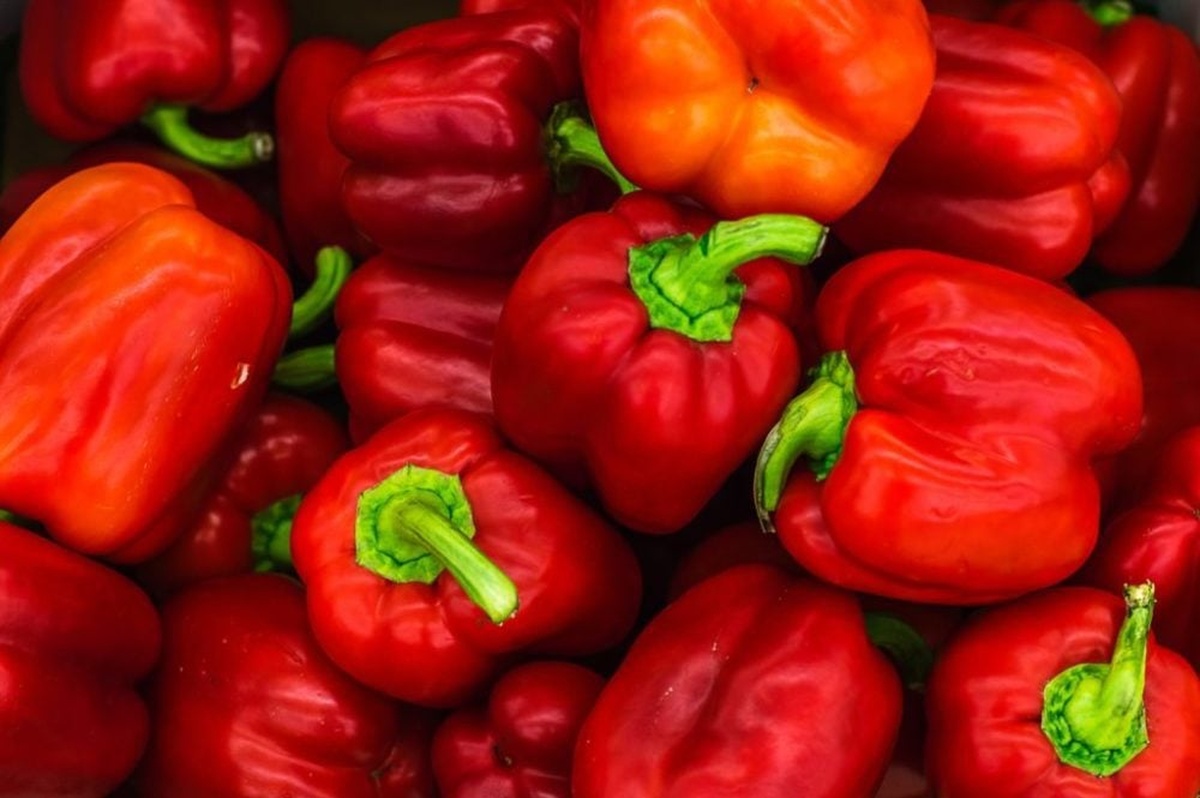
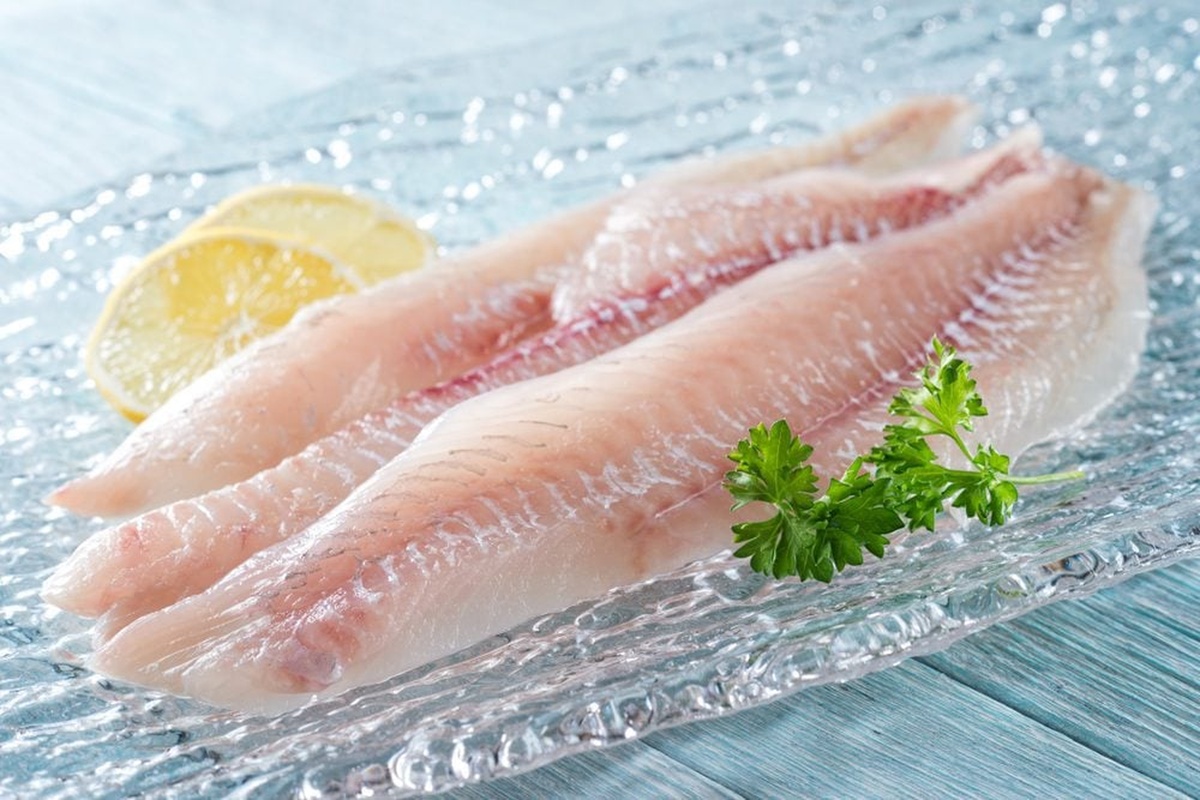
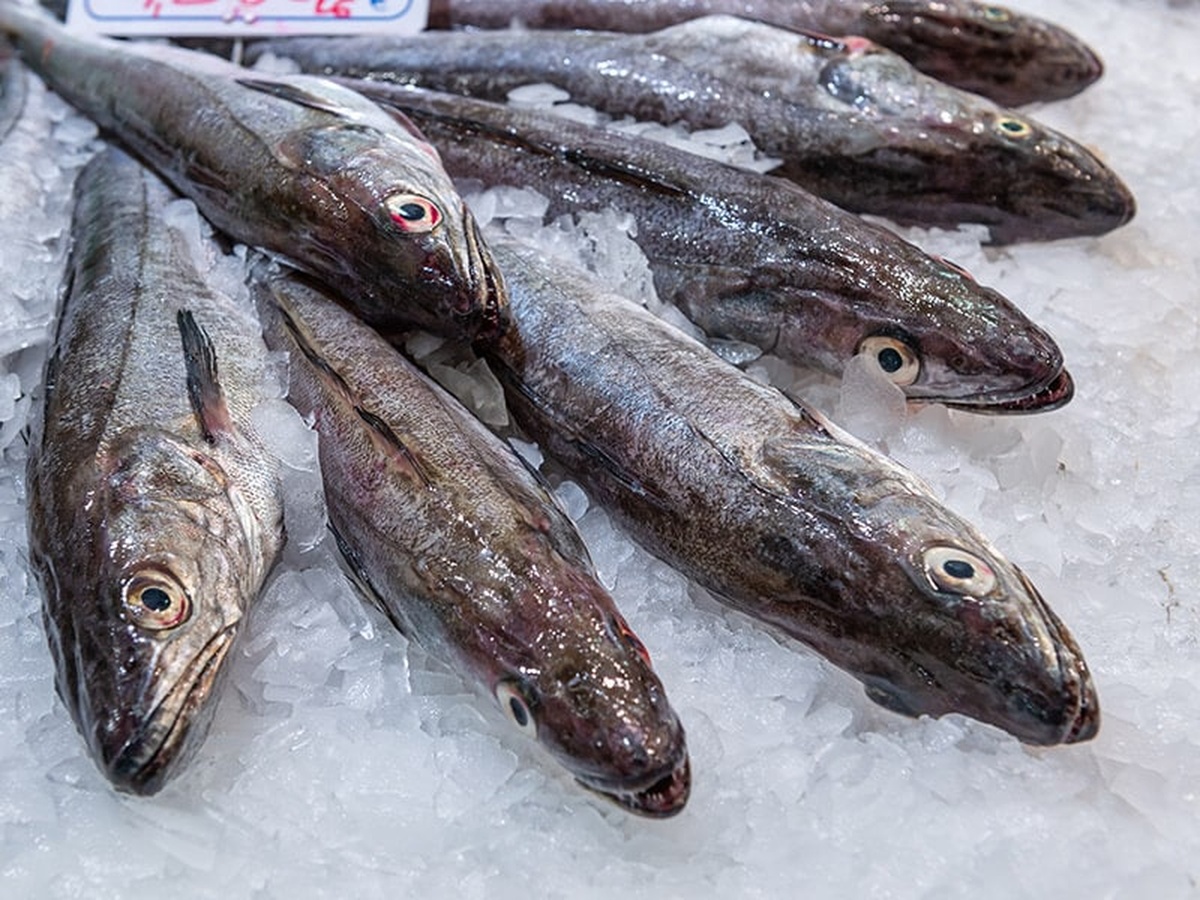
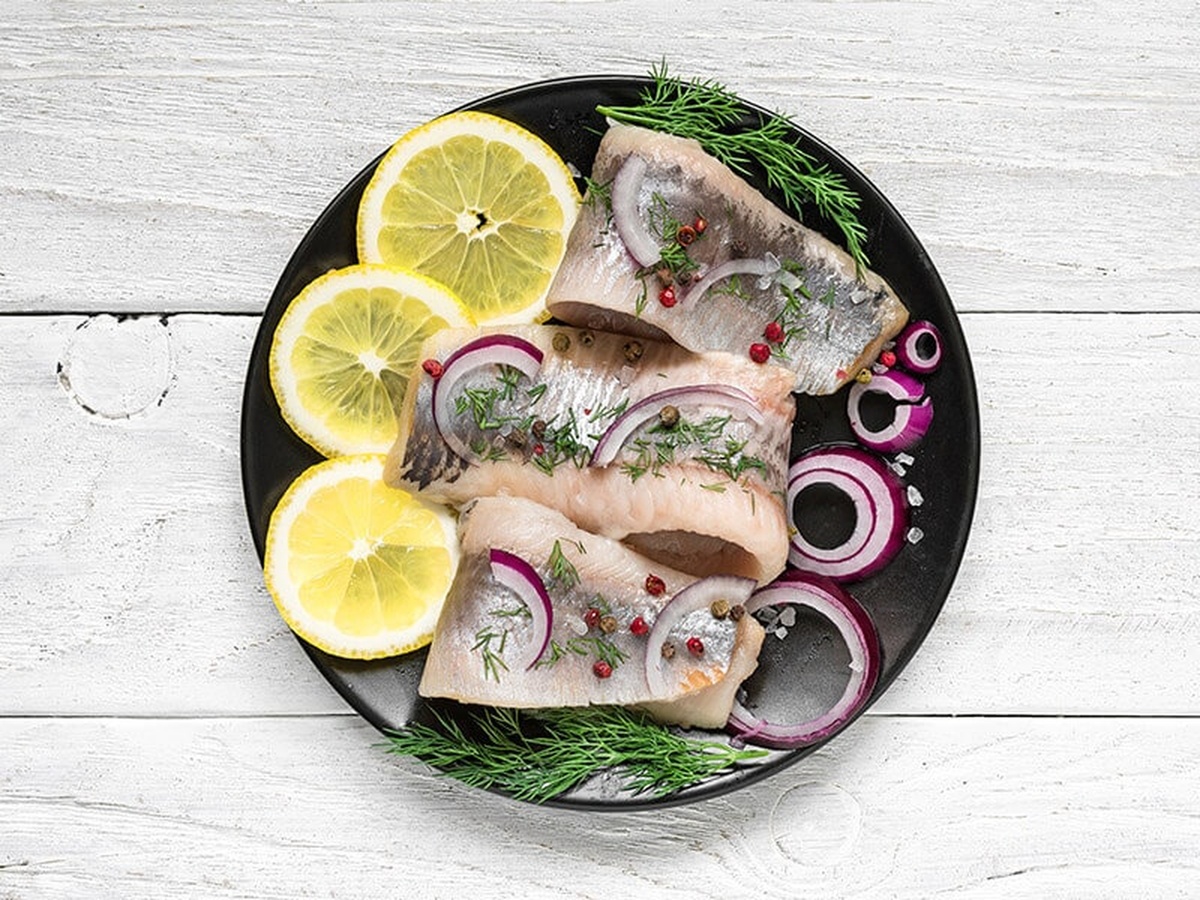
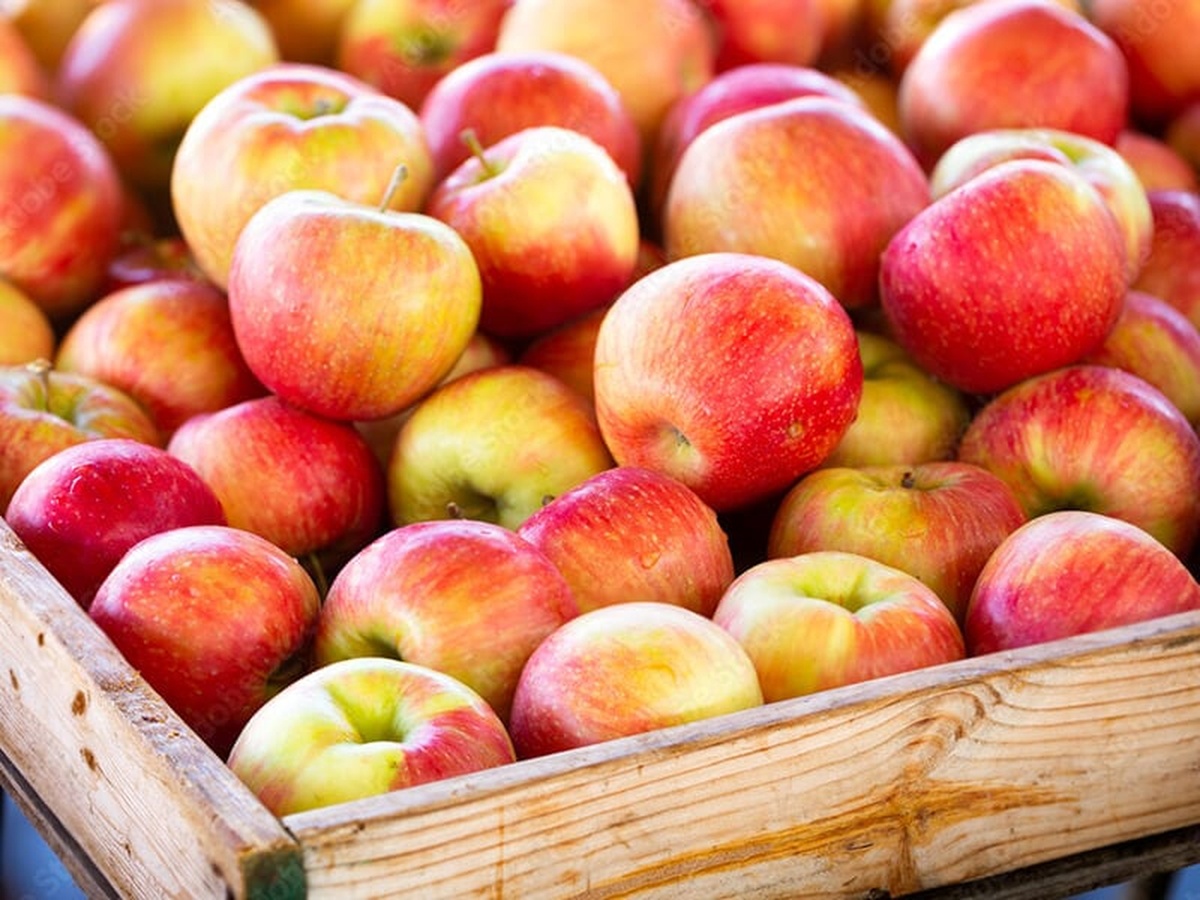

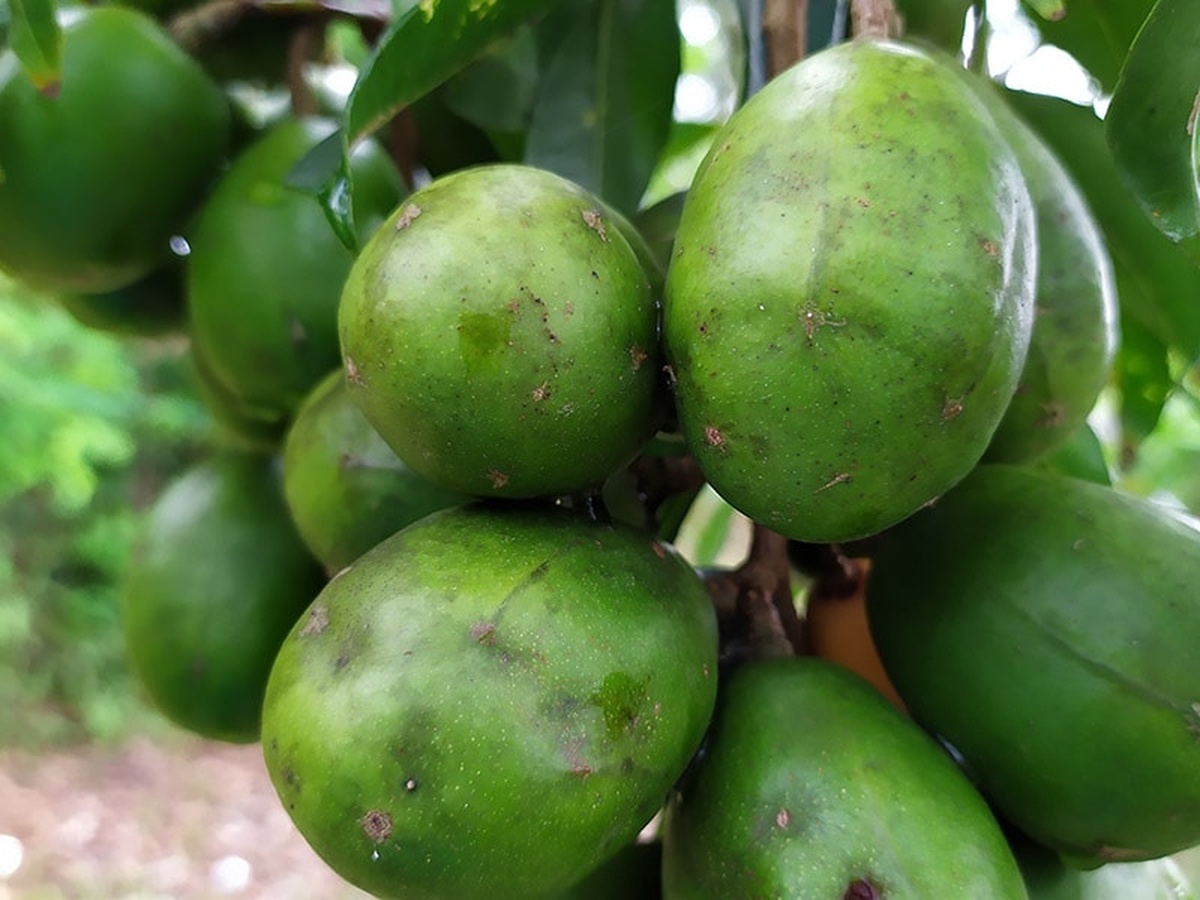

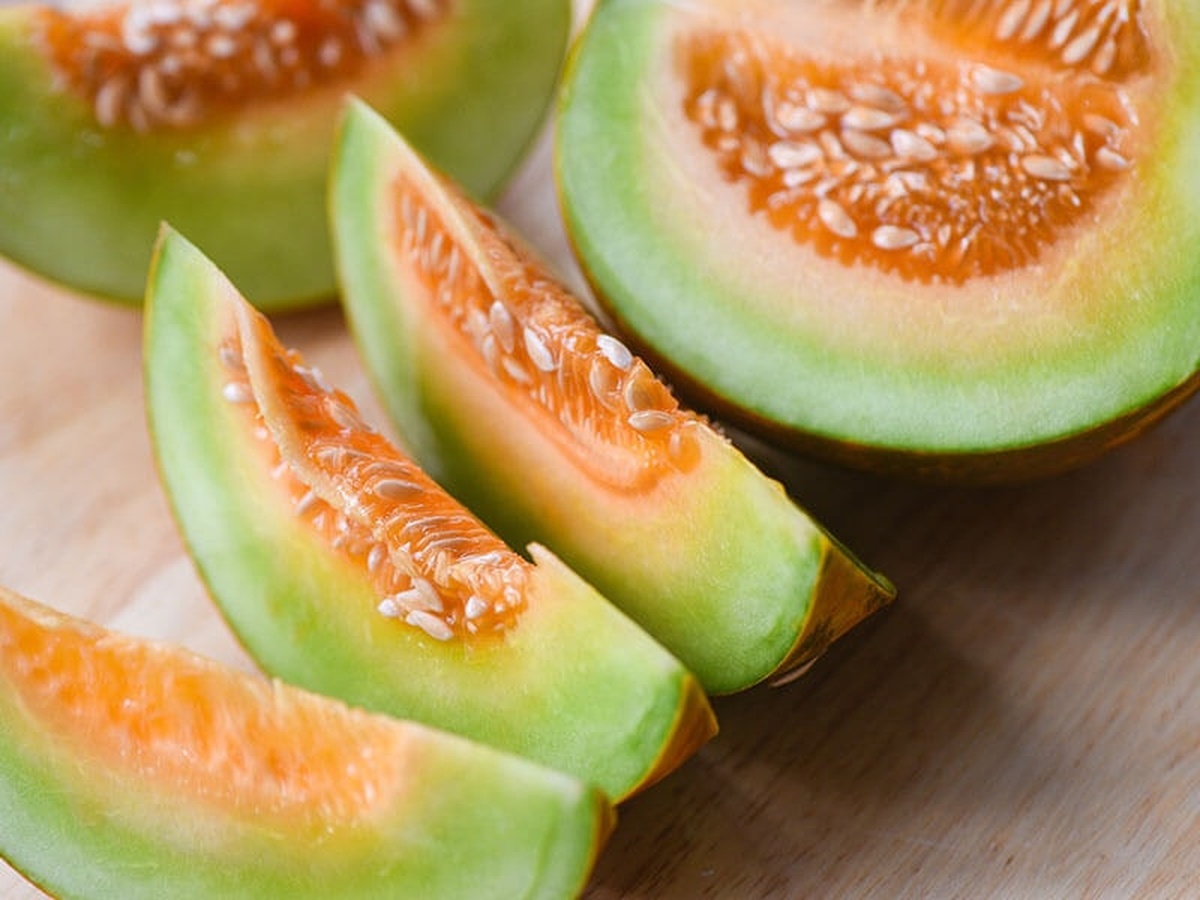
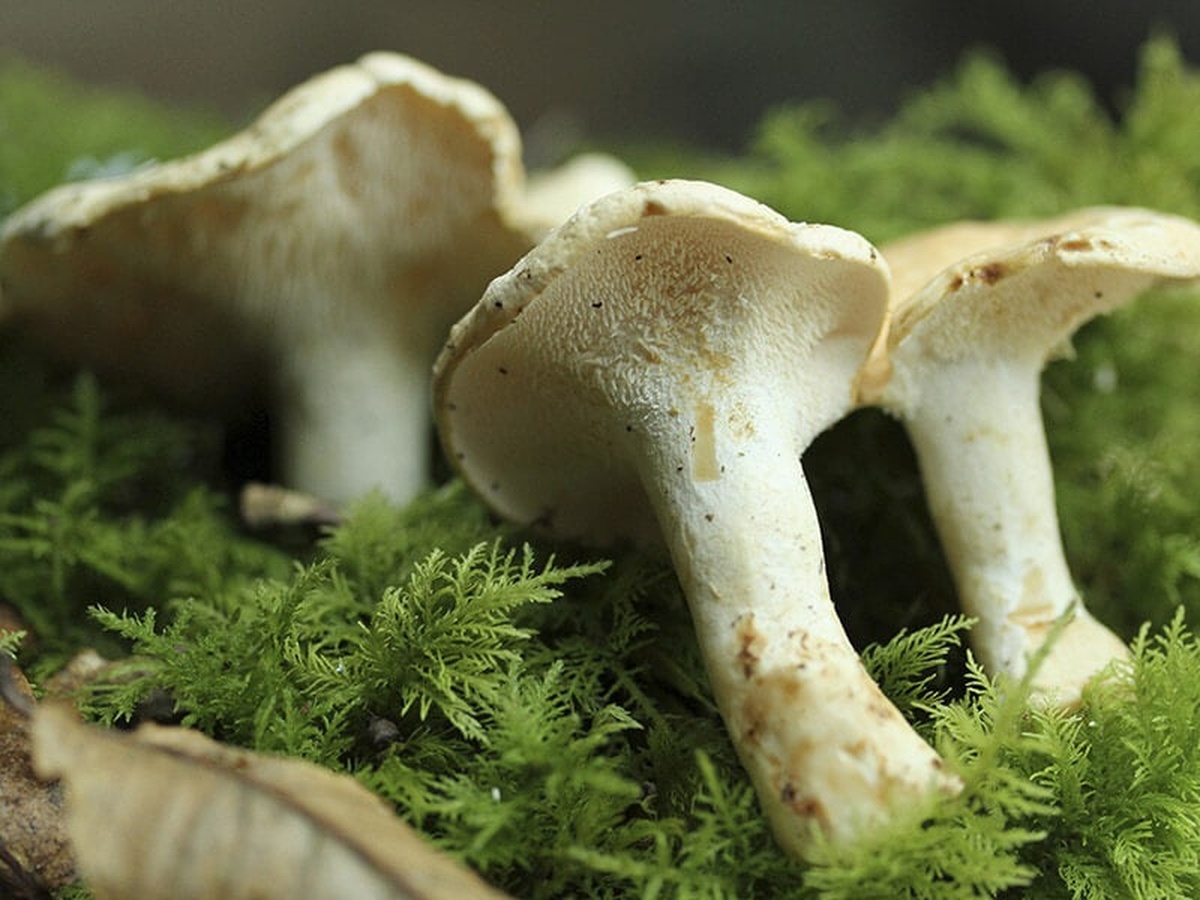
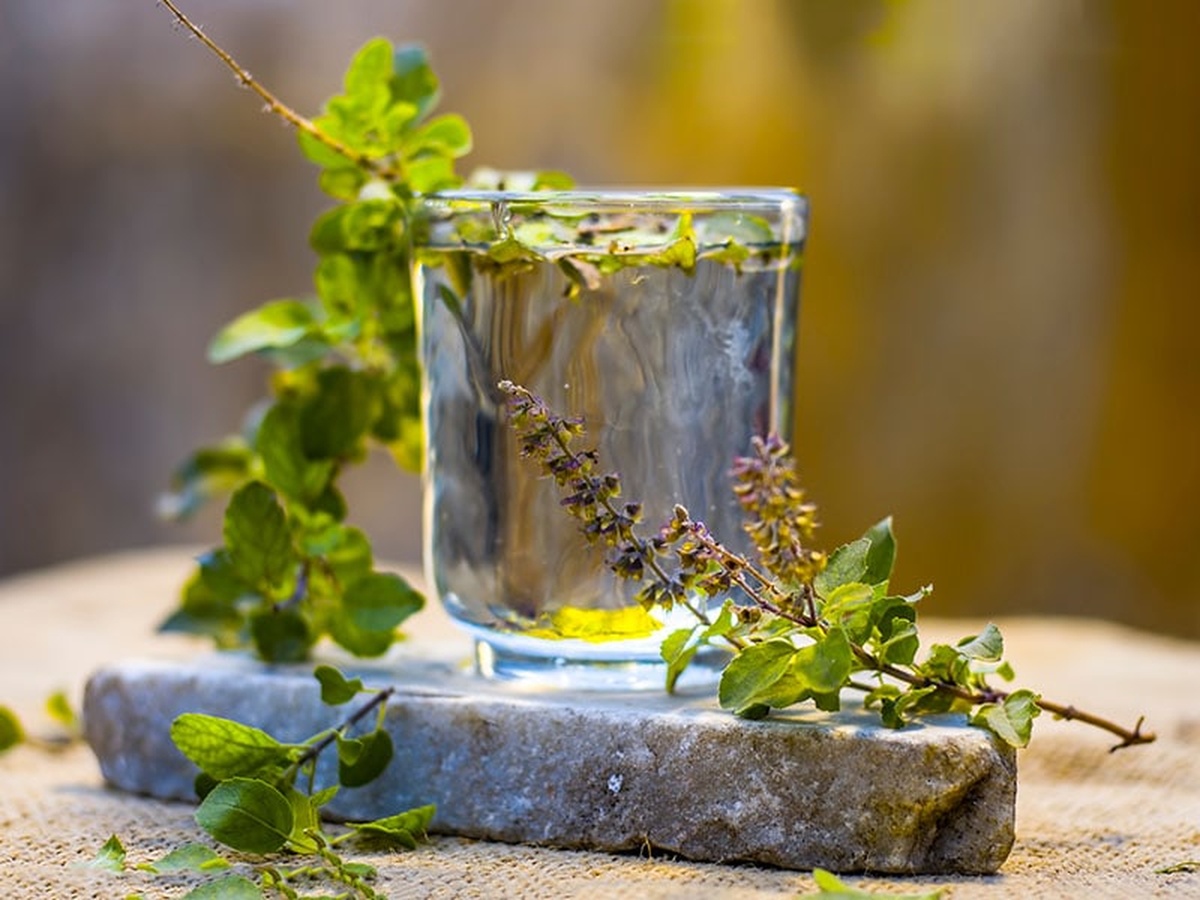
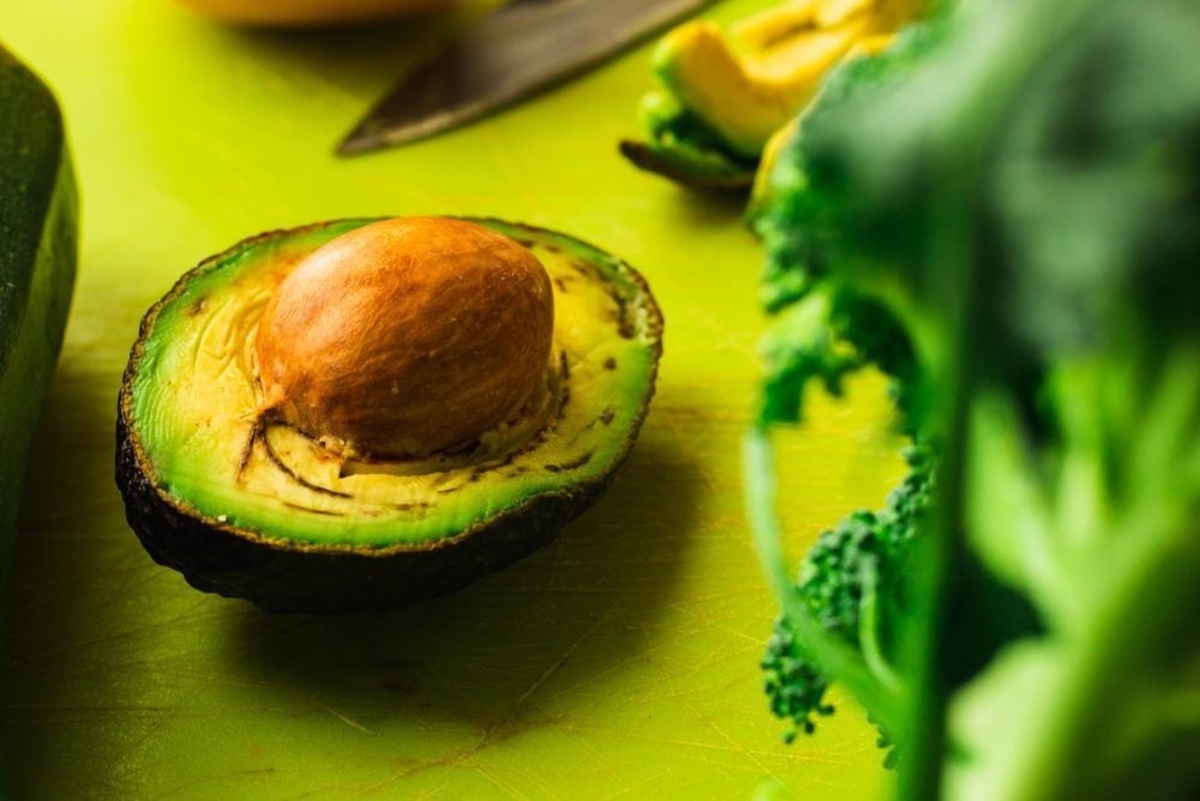
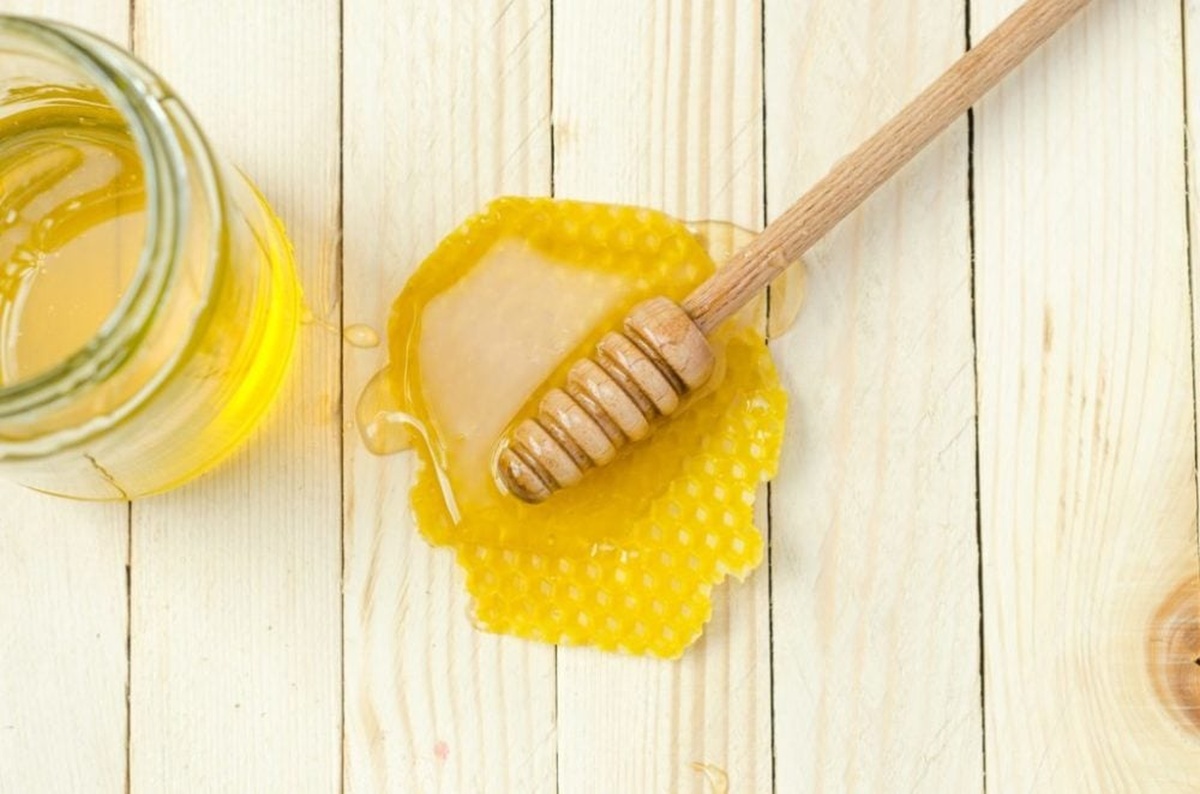
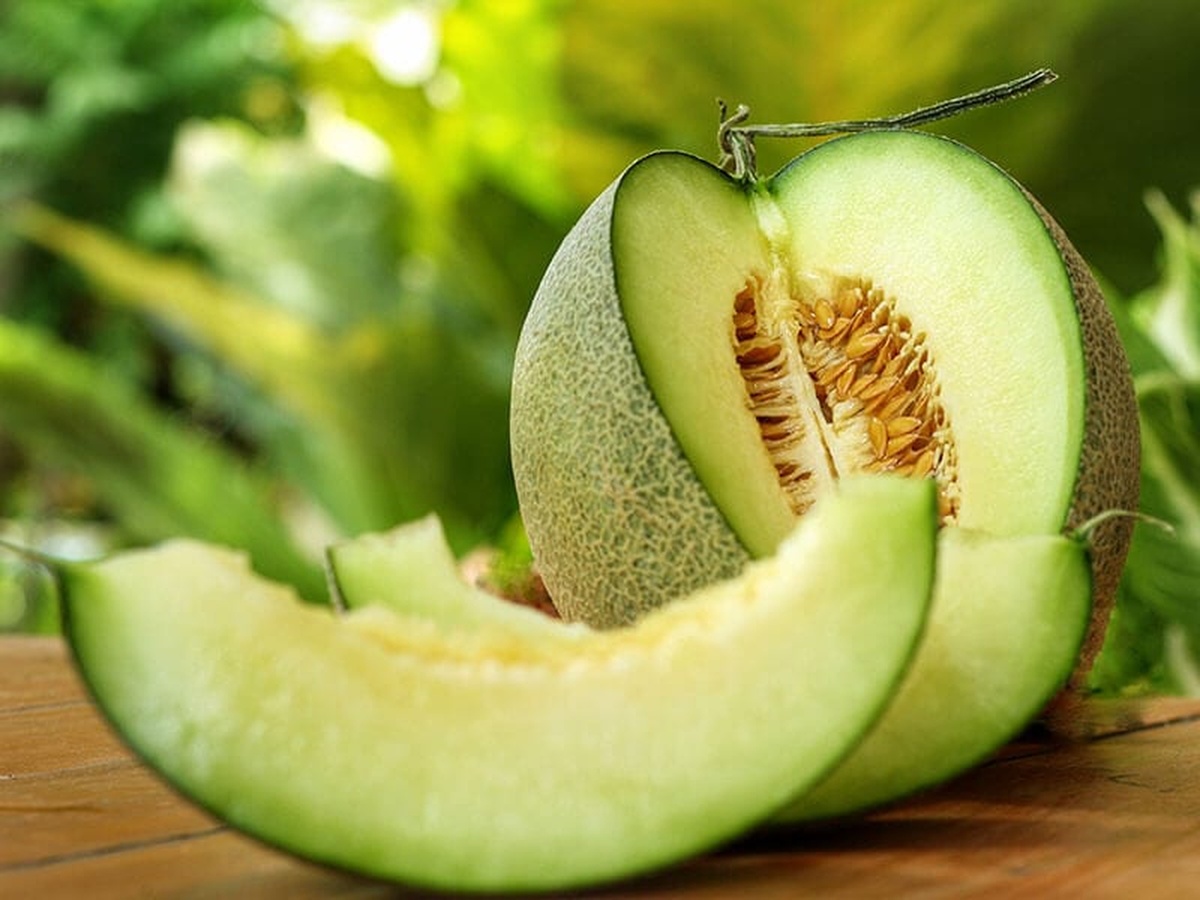
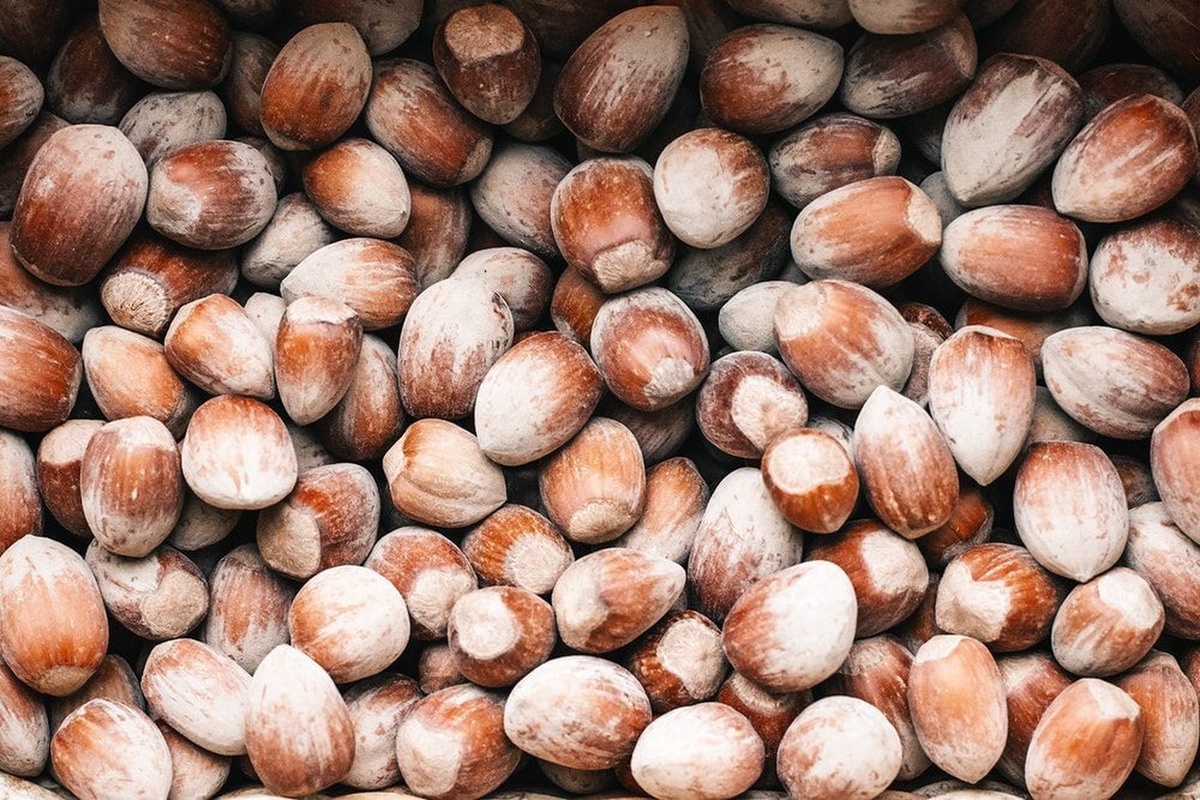
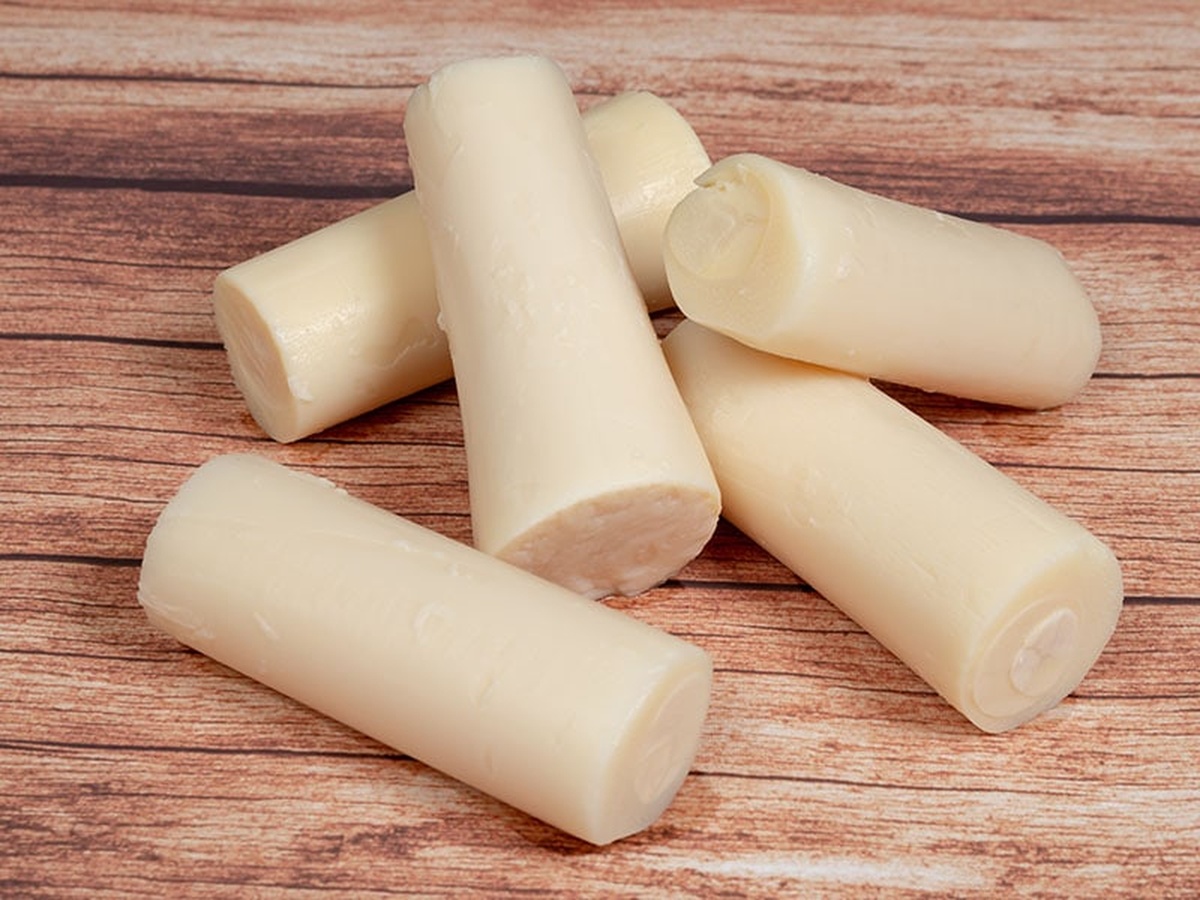

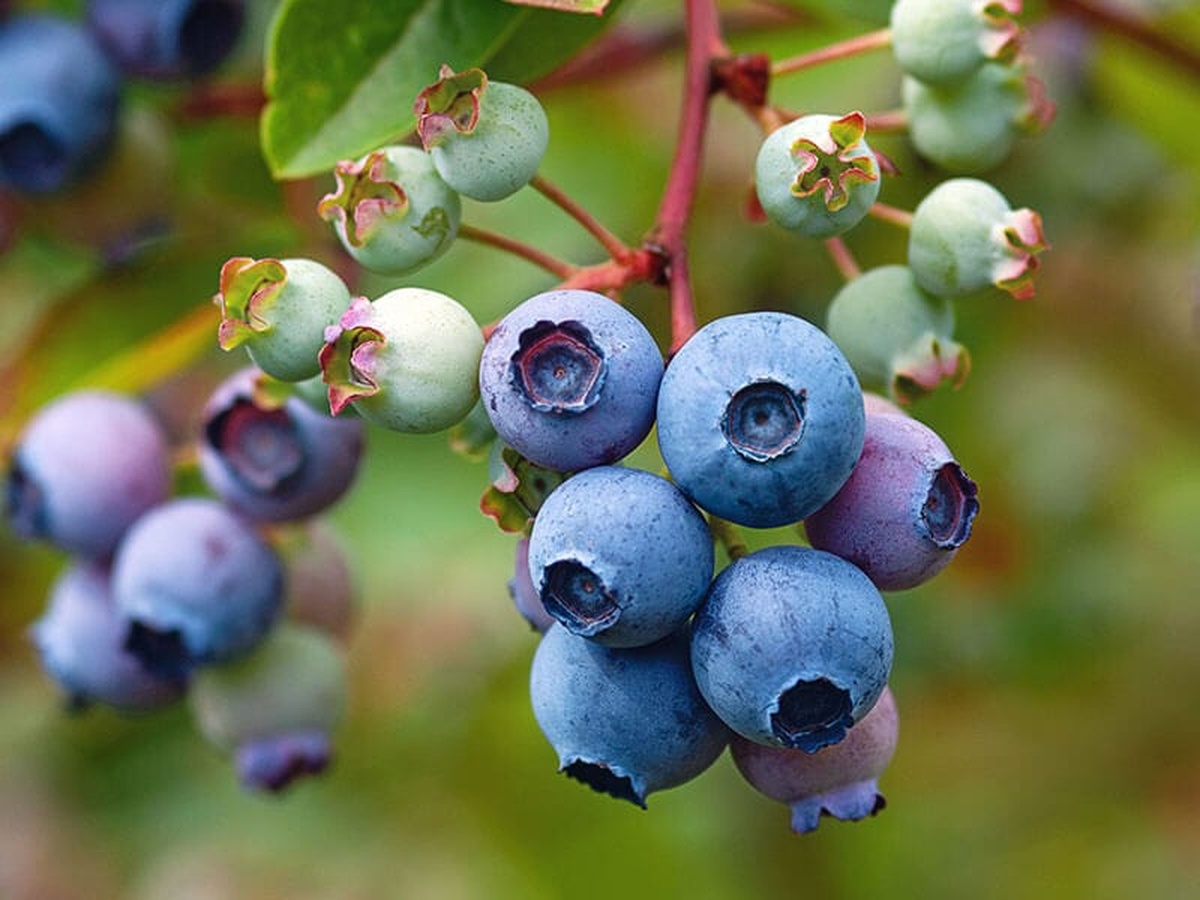
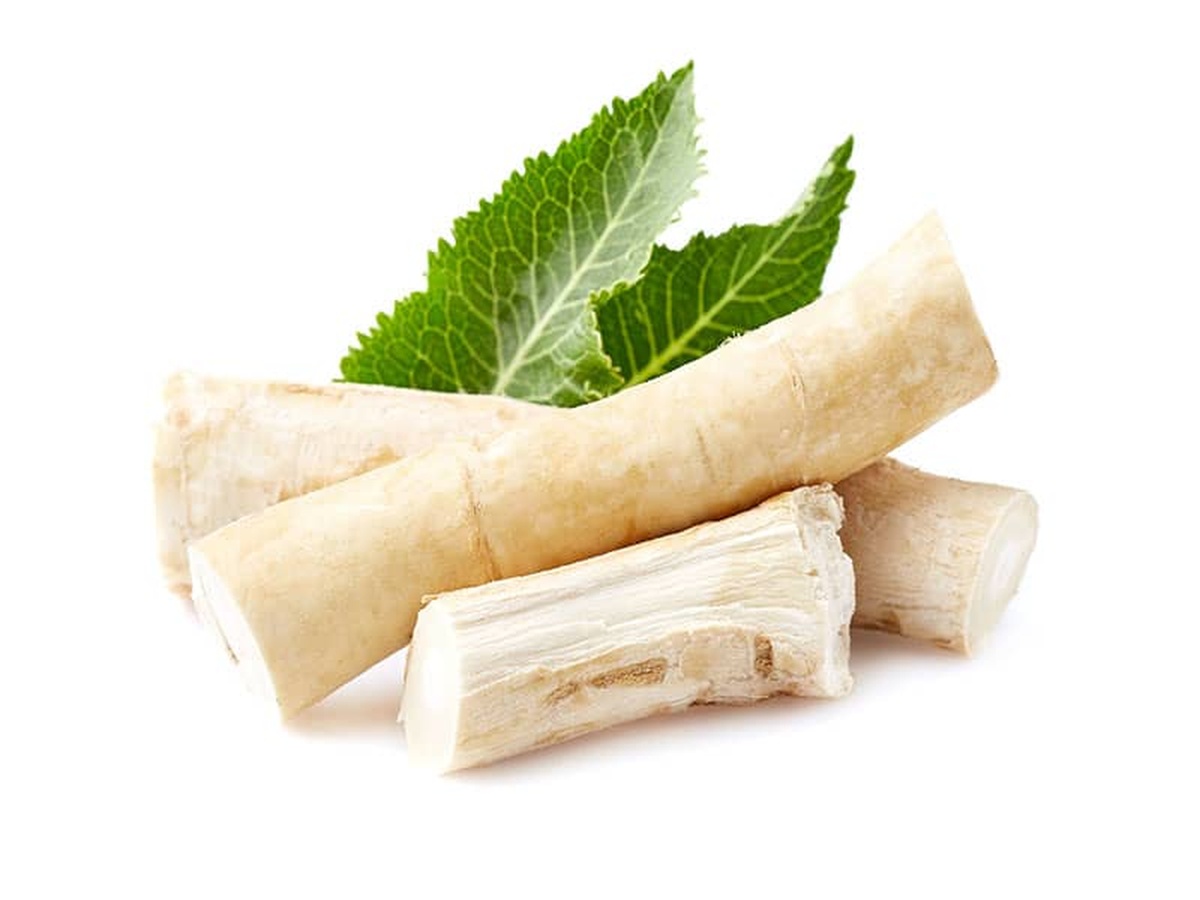
David Martinez
Travel and Food Writer
Expertise
Culinary Travel Writing, Food Photography, Cultural Food Exploration, Restaurant Reviews, Gastronomic Event Coverage
Education
The Culinary Institute of America (CIA), Greystone Campus, St. Helena, CA
Program: Associate Degree in Culinary Arts
Focus: Hands-on training in culinary techniques and kitchen management, blending traditional methods with contemporary food trends.
Le Cordon Bleu, Paris, France
Program: Grand Diplôme (Diploma in Cuisine and Pâtisserie)
Focus: Comprehensive culinary training in both classic French cuisine and pastry arts, emphasizing precision, creativity, and professional kitchen operations.
David Martinez is a travel and food writer who explores the world one dish at a time. With culinary training from The Culinary Institute of America and Le Cordon Bleu, David captures the heart of each place he visits through its food. His journeys, from vibrant markets in Asia to intimate bistros in Europe, inspire his storytelling.
At thebreslin.com, David shares recipes and stories that give readers a taste of global food culture. His approachable writing and passion for authentic flavors help readers feel connected to the world’s kitchens, one bite at a time.